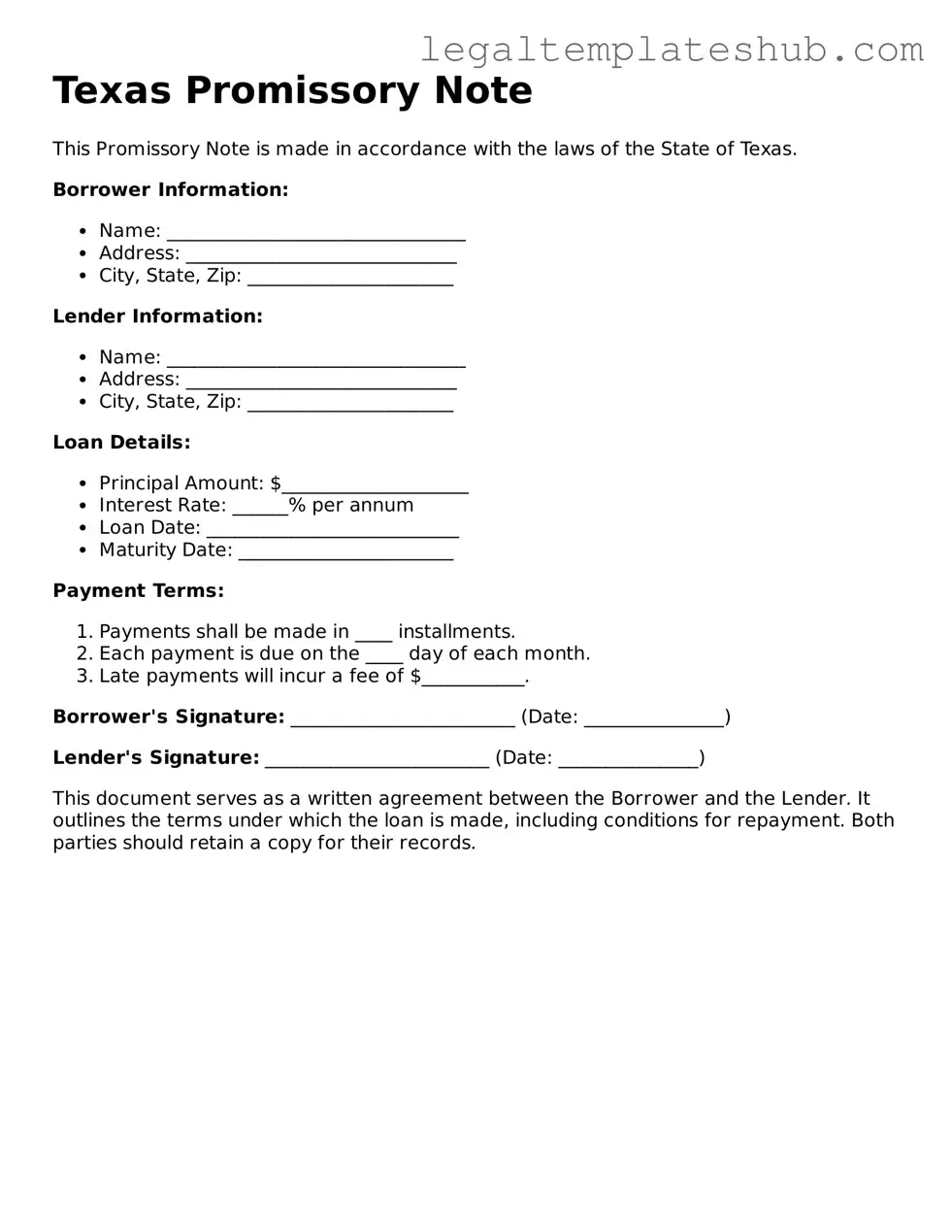Pennsylvania Promissory Note
- Serves as an acknowledgment of a debt owed by the borrower to the lender.
How to Do a Promissory Note
- Micro-lending initiatives also utilize promissory notes to create structured repayment plans for small borrowers.
When engaging in a rental arrangement, utilizing the Ohio Residential Lease Agreement form is essential for defining the responsibilities and expectations of both landlords and tenants. This legal document not only safeguards the interests of both parties but also provides a clear framework for the lease terms. For those looking to streamline this process, resources such as PDF Templates can be incredibly helpful in creating a comprehensive lease agreement.
Nc Promissory Note
- Interest rates in a promissory note can be fixed or variable, depending on the agreement.
Promissory Note Washington State
- The terms of repayment might include installment payments or a lump sum at maturity.
